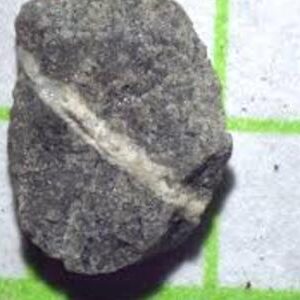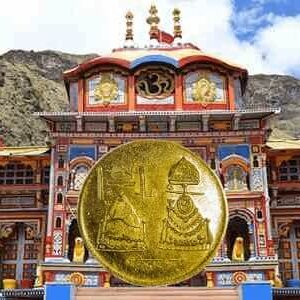Prayagraj Triveni Sangam Kumbh Jal
₹350.00 – ₹850.00
Prayagraj Triveni Sangam Kumbh Jal – 100ml | 200ml | 500ml | 1L
Experience the divinity of Mahakumbh with 100ml | 200ml | 500ml | 1L of Prayagraj Triveni Sangam Kumbh Water, believed to cleanse sins and purify the soul during sacred baths.
1. Divine Origin and Purity
Mahakumbh Gangajal is sourced from the confluence of three Kumbh rivers—Ganga, Yamuna, and the mythical Saraswati—during the Kumbh Mela. The water is believed to be imbued with divine blessings and purifying properties that cleanse sins and bring spiritual upliftment.
2. Connection to Hindu Mythology
According to Hindu mythology, drops of the nectar of immortality (amrit) fell at four locations (Haridwar, Prayagraj, Nashik, and Ujjain) during a cosmic battle between the gods and demons. The Mahakumbh Mela is celebrated at these locations, and Gangajal collected during this time is considered to carry a portion of that sacred essence.
3. Ritual and Ceremonial Use
Gangajal from Mahakumbh is used in various rituals, including:
- Abhishekam (ritual bathing) of idols and deities.
- Sprinkling in homes for purification and positivity.
- Sacred offerings in religious ceremonies like marriages and funerals.
- Anointing individuals as a blessing and for spiritual renewal.
4. Symbol of Faith and Healing
Gangajal is believed to have healing and rejuvenating qualities. Devotees often drink it or store it in their homes as a symbol of devotion and protection. Its sanctity is said to bring peace, prosperity, and health.
5. Eternal Shelf Life
It is believed that Mahakumbh Gangajal never spoils, making it a timeless spiritual asset. Many Hindus store it in copper vessels and preserve it for years, using it for special occasions or emergencies.
6. Promotes Global Spiritual Unity
The Mahakumbh Mela attracts millions of pilgrims from across the globe. The act of collecting Gangajal symbolizes devotion, unity, and the shared spiritual heritage of humanity.
| Weight | 100ml, 200ml, 500ml, 1L |
|---|










Reviews
There are no reviews yet.